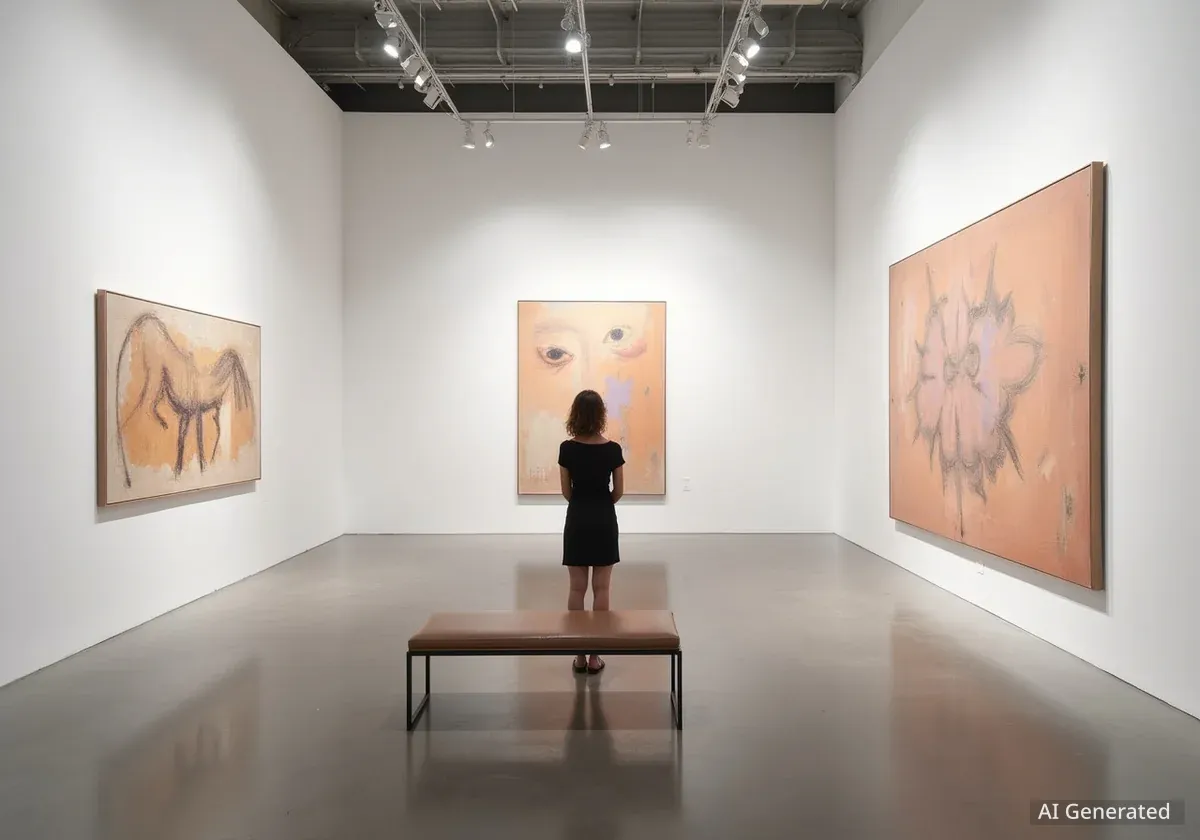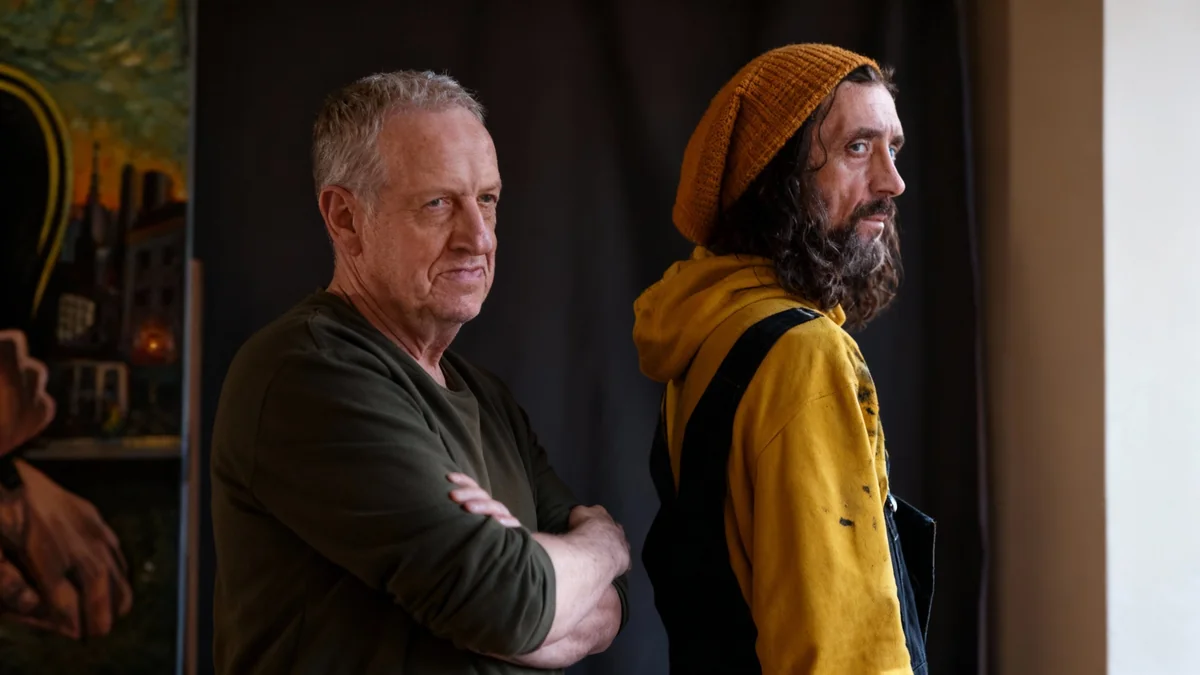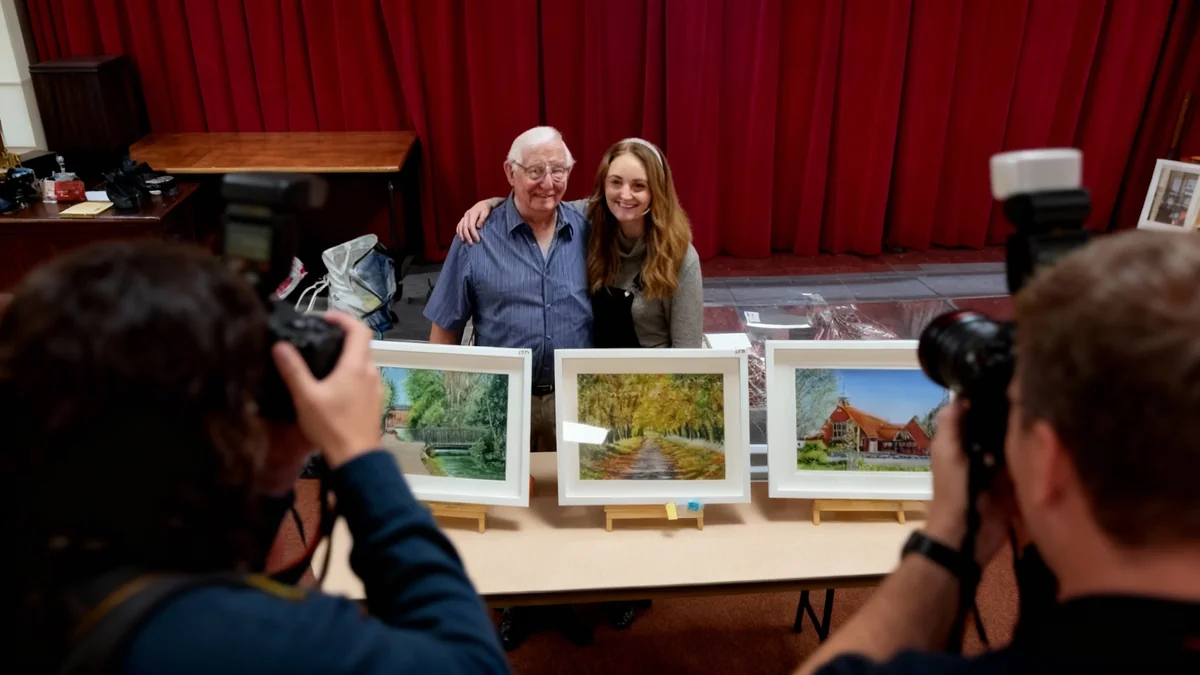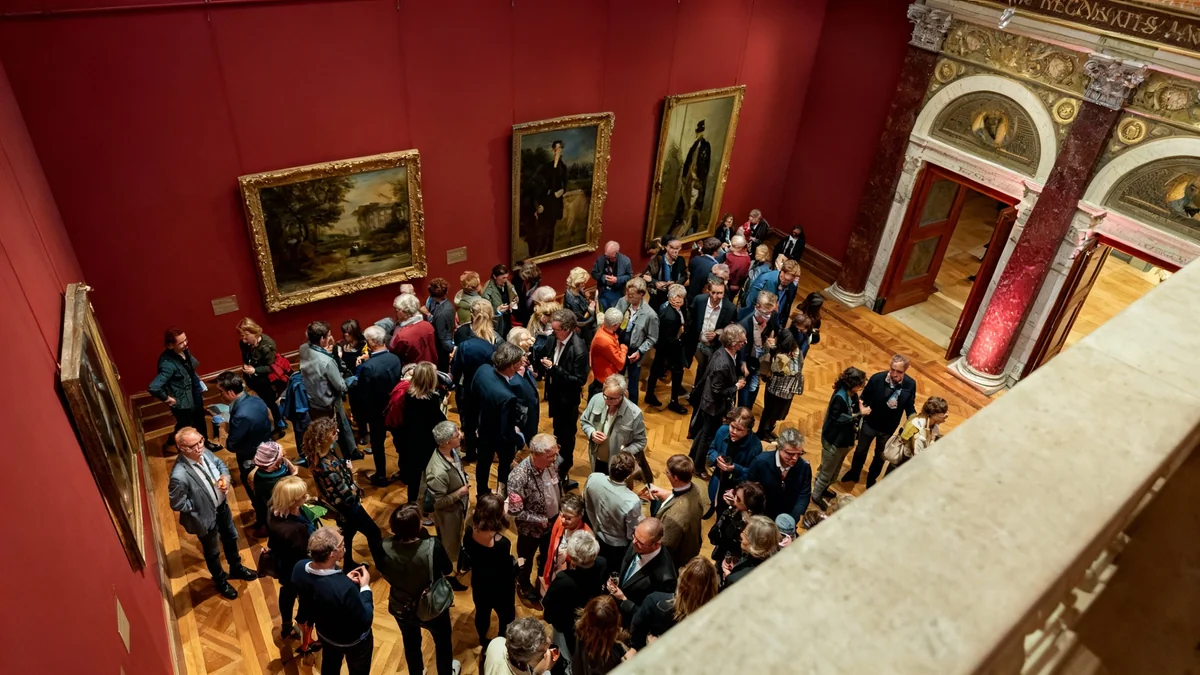Mary Boone, a prominent art dealer who significantly influenced the New York art scene in the 1980s, has curated her first major exhibition since her release from federal prison five years ago. The show, titled “Downtown/Uptown,” opened at Lévy Gorvy Dayan gallery, featuring works by renowned artists like Jean-Michel Basquiat, Keith Haring, and Andy Warhol, among others.
Key Takeaways
- Mary Boone, 73, has curated her first exhibition since her 2019 prison release.
- The show, “Downtown/Uptown,” focuses on the vibrant 1980s New York art scene.
- It features works by Basquiat, Haring, Koons, Schnabel, Kruger, and Warhol.
- Boone served 14 months for tax fraud, a period she describes as relaxing.
- The exhibition aims to celebrate her past influence and the enduring value of art.
Mary Boone Curates “Downtown/Uptown” Exhibition
The Lévy Gorvy Dayan gallery in New York City is hosting a new exhibition, “Downtown/Uptown,” which opened recently. This show marks a significant return for Mary Boone, 73, a legendary art dealer who was central to the 1980s art boom. The exhibition spans two floors of the gallery’s Beaux-Arts townhouse, showcasing a wide array of influential artists.
Boone’s involvement in the exhibition is her first formal curatorial role since her release from federal prison in 2020. She expressed that the gallery’s invitation in 2023 felt like a natural fit, given her deep knowledge of the period. She describes the show as “over the top” due to the large number of works displayed, a contrast to her usual installations.
Exhibition Details
- Title: Downtown/Uptown
- Venue: Lévy Gorvy Dayan gallery
- Focus: New York art scene of the 1980s
- Featured Artists: Jean-Michel Basquiat, Ross Bleckner, Keith Haring, Barbara Kruger, Julian Schnabel, Jeff Koons, Andy Warhol.
Boone’s Impact on the 1980s Art Market
In the 1980s, Mary Boone was known for elevating artists to unprecedented cultural and commercial success. She operated her own galleries for 40 years, both uptown and downtown, before closing them in 2019. Her role was crucial in transforming fine art into a valuable commodity during that decade.
Boone’s financial acumen and willingness to support emerging, often unconventional, artists helped revive the art market after what many considered a quiet 1970s. She possessed a unique ability to identify and nurture talent, turning young personalities into art world stars. The “Downtown/Uptown” exhibition implicitly celebrates this pivotal period of her career.
“I seldom did installations that have so many works,” Boone commented on the density of the new show. “It’s so full. It’s over the top.”
Connecting Past and Present
The exhibition required significant effort and Boone’s extensive connections. Many of the pieces on display were originally sold by Boone herself three or four decades ago. Despite describing her memory as “a little slippery,” her instincts for art and its market remain sharp. She recounted a story about tracking down a large Barbara Kruger silkscreen from 1987, titled WHAT ME WORRY?, which a collector had claimed was lost.
Boone’s persistence led her to discover the piece had been sold to another dealer. This anecdote highlights her dedication to the art and her ability to navigate complex situations within the art world. The show serves as a testament to the enduring value and history of these works.
Art Market in the 1980s
The 1980s saw an explosion in the New York art scene, driven by new artistic movements and a growing interest from collectors. Artists like Basquiat and Haring gained significant recognition, and their works became highly sought after. This period was characterized by a dynamic interplay between downtown creativity and uptown commercial aspiration.
Legal Challenges and Personal Reflections
Mary Boone’s career faced a major setback when she was sentenced to 30 months in federal prison for tax fraud in 2019. She was accused of misrepresenting personal expenses, including significant spending at beauty salons and luxury stores, as business expenses, amounting to approximately $3 million in tax evasion. Boone pleaded guilty to the charges.
She served 14 months at a low-security prison in Danbury, Connecticut, and was released in June 2020 during the COVID-19 lockdowns. Boone views this period not as a catastrophe but as a “long vacation.” She described her time in prison as relaxing, allowing her to go to the gym daily and read a book a day. She also noted meeting “very interesting women” she might not have encountered otherwise.
Financial Investigations and Public Perception
Boone stated that federal investigators began examining her finances after the 2008 financial crisis. She believes they spent ten years scrutinizing her records. She also questioned if her treatment would have been different had she been a man, considering the era of Occupy Wall Street.
“I was a woman selling unnecessary, glamorous things to rich people,” Boone said. “What’s not to hate?”
Despite the legal troubles, Boone maintains that her business was not significantly impacted. She reported that 2022 was her best year financially, attributing it to people spending more time at home during the pandemic and deciding to invest in art for their walls.
The Enduring Community and Value of Art
Brett Gorvy, a gallerist at Lévy Gorvy Dayan, noted that the “Downtown/Uptown” exhibition is not about looking backward. He emphasized that many of the featured artists are still active and selling their work today. The show highlights the continued existence and prosperity of the art community that emerged in the 1980s.
Gorvy described the artists as being like “siblings that come together in a reunion,” united by their shared history and financial success. The high value of the works on display necessitates security guards in each room during the opening. Boone and Gorvy insisted that some pieces would be available for sale, underscoring the market’s role in preserving and advancing these artistic legacies.
- Art as Investment: The exhibition reinforces the idea that art, particularly from established artists, remains a strong investment.
- Community Resilience: The show demonstrates the lasting bonds and professional relationships within the art world, even after decades.
- Market Dynamics: The decision to sell pieces highlights how market transactions are crucial for the continued relevance and future of art.
Boone and Gorvy discussed the importance of securing “ultimate works” for the exhibition, pieces that owners would be willing to sell, not just display. Boone nodded in agreement, stating that without sales, it would simply be a “vanity show.” This perspective underscores the commercial aspect that has always been intertwined with the artistic vision in Boone’s career.




